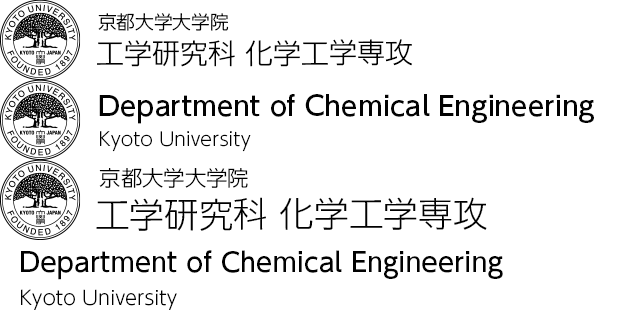Separation Engineering
Academic Staff
Noriaki SANO
 Professor (Graduate School of Engineering)
Professor (Graduate School of Engineering)
Research Topics
- Synthesis of carbon nanotubes and nanohorns
- Application of nanotubes and nanohorns to catalyst support for environmental cleaning and fuel cell
- Study on electric discharge in liquid for nanomaterial production and separation technology
Contacts
Room112, Bldg. A4, Katsura Campus
TEL: +81-75-383-2664
FAX: +81-75-383-2654
E-mail: sano cheme.kyoto-u.ac.jp
cheme.kyoto-u.ac.jp
Kyuya NAKAGAWA
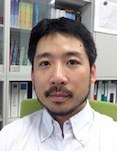 Associate Professor (Graduate School of Engineering)
Associate Professor (Graduate School of Engineering)
Research Topics
- Food Engineering
- Drying
- Adsorption
Contacts
Room108, Bldg. A4, Katsura Campus
TEL: +81-75-383-2684
FAX: +81-75-383-2821
E-mail: kyuya cheme.kyoto-u.ac.jp
cheme.kyoto-u.ac.jp
Tetsuo SUZUKI
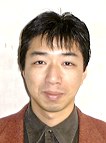 Assistant Professor (Graduate School of Engineering)
Assistant Professor (Graduate School of Engineering)
Research Topics
- Molecular Chemical Engineering
- Adsorption
- Drying
Contacts
Room110, Bldg. A4, Katsura Campus
TEL: +81-75-383-2674
FAX: +81-75-383-2654
E-mail: suzuki cheme.kyoto-u.ac.jp
cheme.kyoto-u.ac.jp
Hiroyuki MARUYAMA
 Assistant Professor (Graduate School of Engineering)
Assistant Professor (Graduate School of Engineering)
Research Topics
- Measurements of the contact potential difference between particles and a wall, and analysis of the mechanism of the charge transfer on the particle electrification and the relaxation.
- Analysis of electrification based on the quantum chemistry.
- Analysis and simulation of impact electrification of particles.
- Development of tribo-charging materials.
- Measurements and analysis of the phenomena in nano scale on a particle using a scanning probe microscope.
Contacts
Room 121, Bldg. A2, Katsura Campus
TEL: +81-75-383-2679
E-mail: Hiroyuki.Maruyama cheme.kyoto-u.ac.jp
cheme.kyoto-u.ac.jp
Introduction to Research
In Koza 4, researchers devote their efforts to establish methodologies for separation and purification operations that are tightly connected with solids with heterogeneous nature such as porous media, sintered materials and powders. Typical subjects of research include adsorption and drying, with emphasis on the understanding of equilibrium and dynamic nature of systems with solid surfaces and/or with confined spaces. In the following, current research activities are listed and explained briefly:
1. Adsorption Technology
(1) Preparation of organic/inorganic aerogel adsorbents by supercritical/freeze drying
The peculiar nature of aerogels such as ultrahigh porosity and large surface area can be obtained through supercritical or freeze drying. Both organic and inorganic aerogels are studied in the aspects of interrelation between adsorption characteristics and microscopic surface structure.
(2) Quantum chemical study on interaction between adsorbent and adsorbate
Applying ab initio molecular orbital theory to adsorption systems, microscopic information on interaction such as stable adsorption structure and interaction energy are studied to establish the strategy for designing and developing new adsorbents.
(3) Syntheses of nanocarbons and development of application
Nanocarbons, such as carbon nanotube, carbon nanohorns, etc., can be synthesized by high-temperature plasma and catalytic growth. We study on these syntheses and application of these materials for adsorption/absorption of fuel gas and for advanced water-purification method.
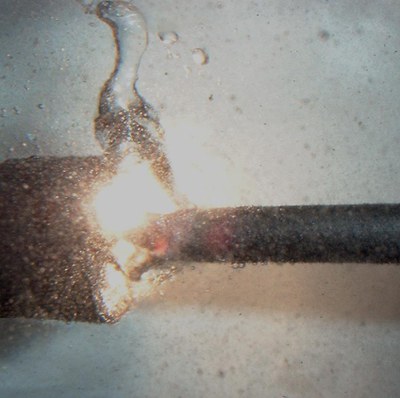
Fig. 1. Photograph of arc plasma in water. This reaction system can enable ones to obtain nanocarbons such as carbon nanotubes, nanohorns, etc.
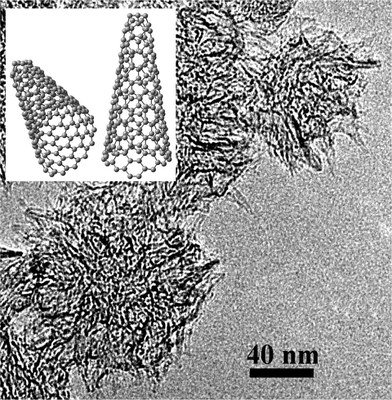
Fig. 2. TEM image of carbon nanohorn synthesized by arc plasma and its molecular model. Carbon nanohorn can be applied to adsorbate and gas fuel storage.
2. Drying Technology
(1) Molecular imbedding function of amorphous matrix of sugar
Enzymes and other functional macromolecules can be stabilized when imbedded into an amorphous structure of sugar obtained through freeze drying. Physico-chemical nature of imbedding effect is studied to establish strategy for activity preservations.
3. Other Researches
(1) Synthesis of porous materials with unique micromorphologies
We found that porous materials with unique micromorphologies, such as fibrous and honeycomb-like, can be synthesized by freezing colloidal solutions unidirectionally. We are using this new synthesis method to develop materials which have suitable characteristics for the usage in separation microdevices.
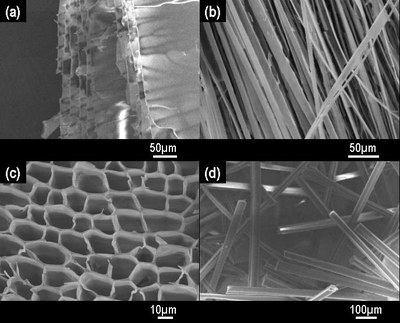
Fig. 3. SEM images of silica gel micro-structures: (a) laminar sheets, (b) flat fibers, (c) microhoneycomb, (d) polygonal fibers.
